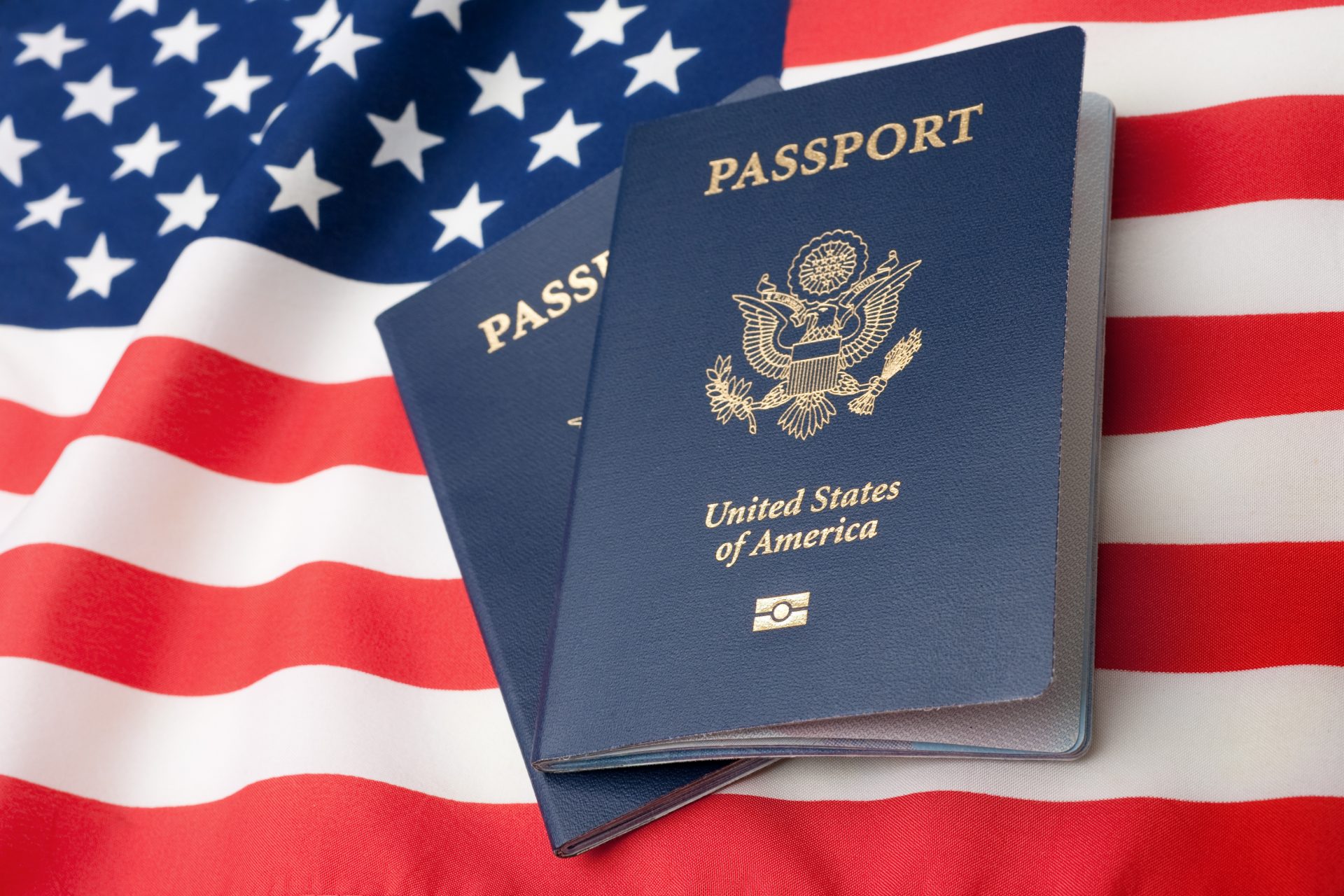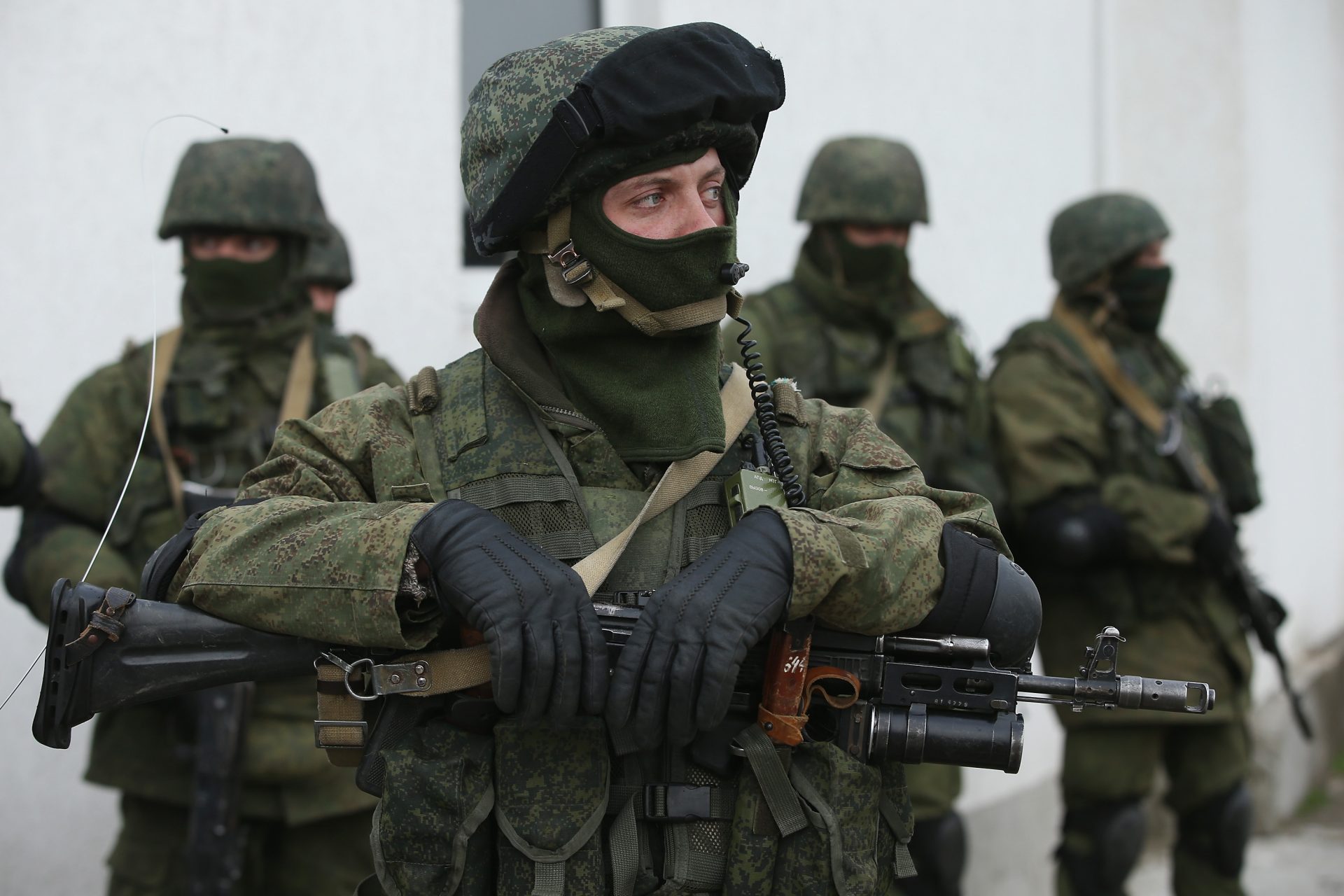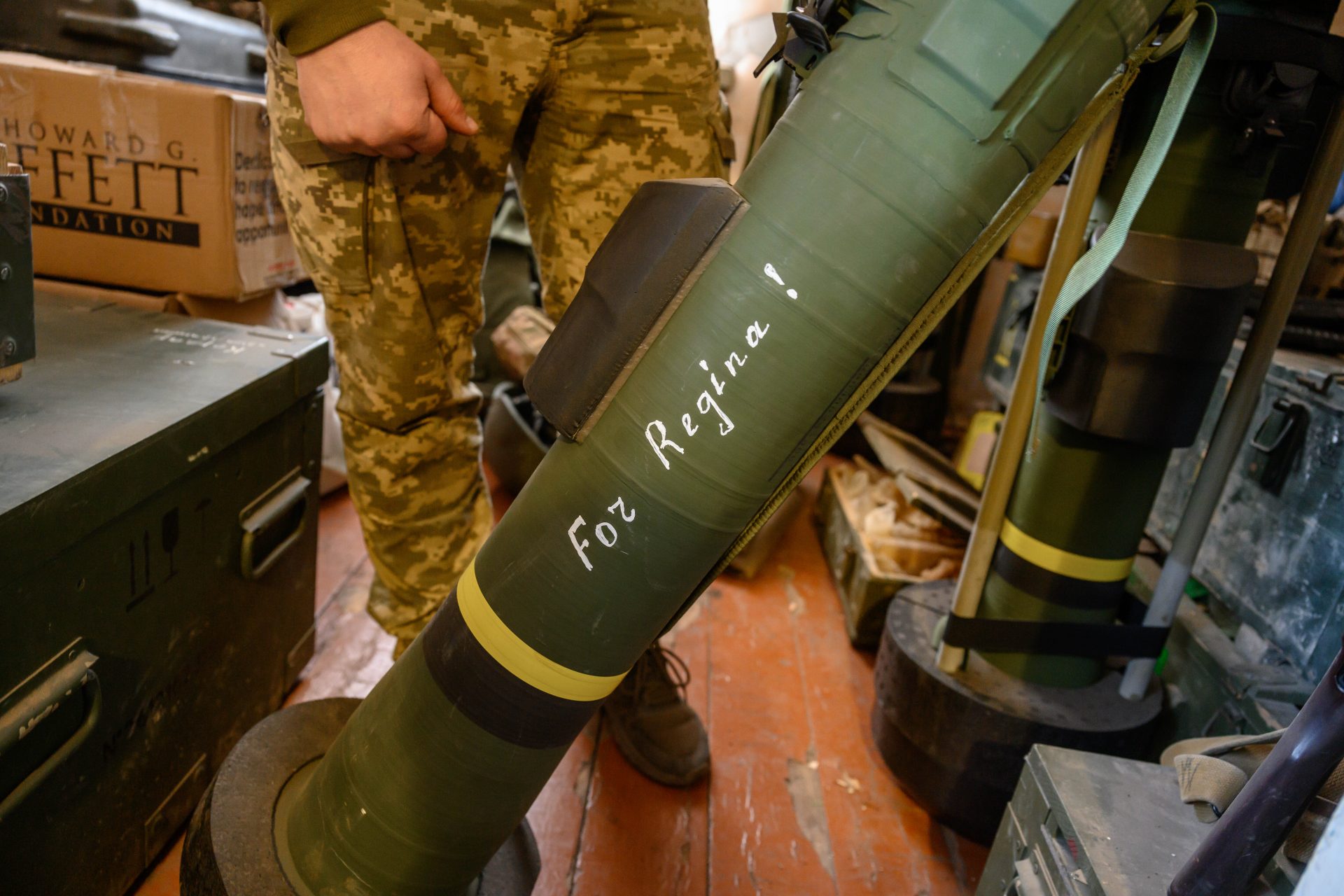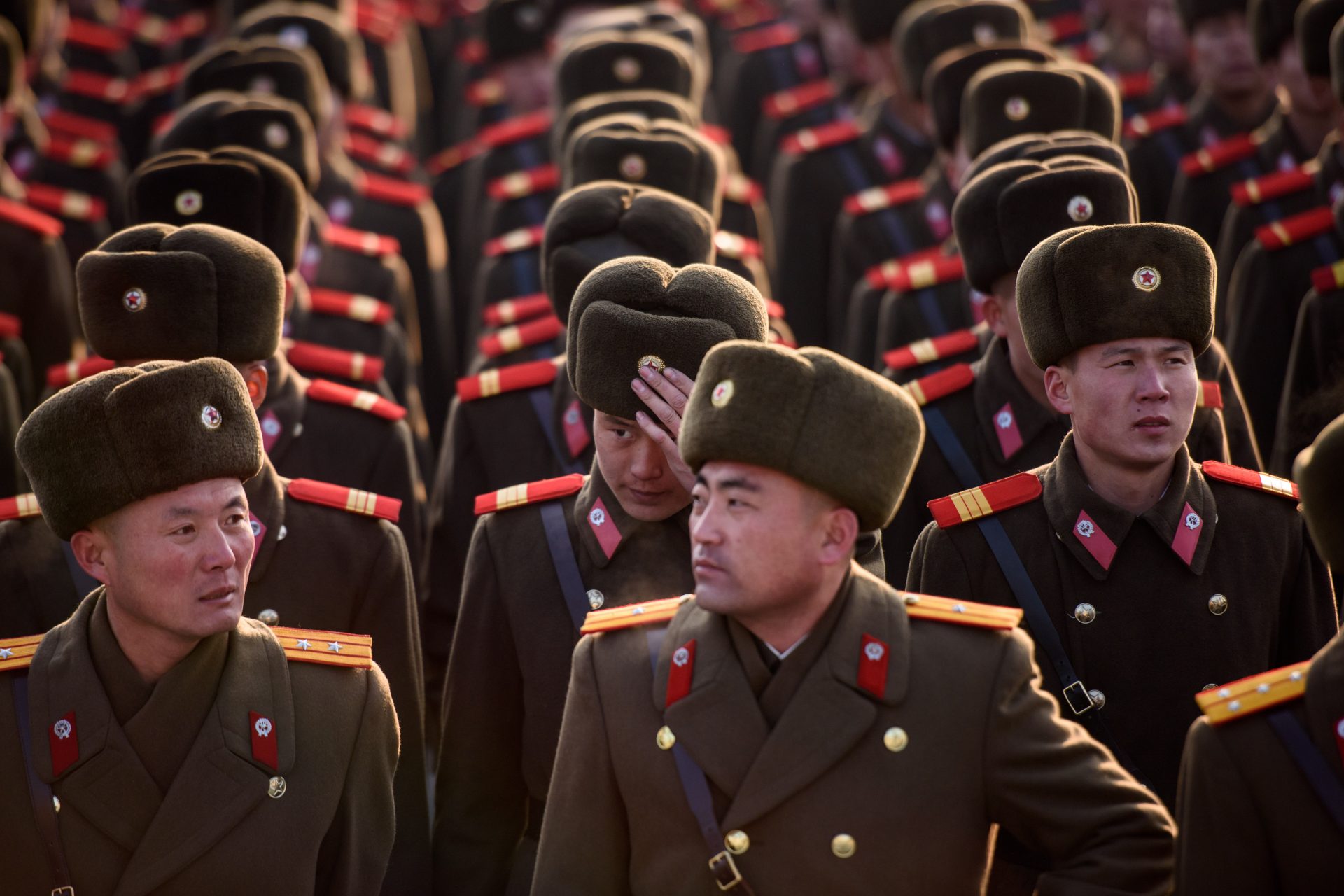Apocalypse oops! 9 times humanity narrowly averted a nuclear holocaust
With tension growing between the United States and Russia, age-old nuclear fears have returned. Looking back, it's important to remember those moments when reason prevailed over emotion and humanity avoided the horrors of a nuclear disaster.
Two of the most critical moments of the Cold War occurred in October 1962, during the Cuban Missile Crisis.
Soviet submarine B-59 was one of several vessels surrounded by American destroyers in Cuban waters. For various days, it was unable to communicate with Moscow.
The captain and the political commissar of the submarine almost shot a nuclear torpedo at the US fleet. They were only stopped by the second-in-command of the flotilla who refused to follow orders and convinced the captain and the commissar to calm down.
Meanwhile, on the American side of the conflict, soldiers from the Duluth Sector Director Center shot a strange figure climbing a fence, activating a sabotage alarm in military bases across the region.
Image: Markus Spiske / Unsplash
A system error in Volk Field, a military airport in Wisconsin, almost sent nuclear interceptors into the air by accident. The mysterious figure on the fence that almost causes a first strike from the US? It was a bear.
Image: Mark Basarab / Unsplash
In 1961, a B-52 Stratofortress carrying two 3-4 megaton nuclear bombs broke up in midair near Goldsboro, North Carolina. One of the bombs descended on a parachute and the other one fell on a field.
Declassified CIA documents in 2013 revealed that the bomb that fell on the field almost detonated with an intensity equivalent to 250 times the Hiroshima bombing.
Something similar happened in 1966, when two US military planes crashed during a midair refueling near the village of Palomares in Southeastern Spain, releasing four hydrogen bombs into the ground.
Three were found on the ground and the fourth one was found in the Mediterranean Sea, intact, a few months later.
To dismiss any rumors about nuclear contamination, Spanish Information Minister Manuel Fraga took a beach bath in Palomares in front of journalists, becoming an iconic moment in Spanish politics.
In 1969, tensions between the United States and North Korea reached a critical point after Pyongyang shot down a US military reconnaissance plane, killing 31 American crew members.
US President Richard Nixon ordered nuclear bombers to remain on standby to bomb North Korea as retaliation but, in the end, no order to attack was given.
A common and persistent rumor is that Nixon was drunk at the time and his advisor Henry Kissinger phone the military high command to wait until he sobered up. So far nothing has fully backed or dismissed the story.
Able Archer was a series of annual NATO exercises simulating a DEFCON 1 conflict escalation with the Soviet Union culminating with a coordinated nuclear attack. However, Able Archer 1983 was different, in a worrying way.
Radio silence, new codes, and the participation of heads of government, plus the arrival of the Pershing II nuclear system, led to high-ranking Soviet leaders thinking that Able Archer 1983 was an excuse to pull a first nuclear strike.
The Soviet Union began preparing nuclear warheads into combat planes and mobilizing their troops in East Germany and Poland. NATO, fortunately, didn’t respond to the Soviet escalation and the tensions ended with the exercises. It was only years later that it was revealed how much of a close call Able Archer 83 was.
Mechanical failures and overreliance on computers have almost ignited a nuclear conflict on more than one occasion. They are a good reminder that humanity should never be out of the equation.
On May 23, 1967, a powerful solar storm interfered with radars from the North American Air Defense Command all over the Northern Hemisphere. US authorities originally thought the Soviet Union was jamming their systems. A nuclear counterstrike was almost launched.
Something similar happened on November 9, 1979, when the computers at NORAD, the Pentagon, and the Strategic Air Command were reporting a large-scale missile attack, with 2,200 coming from the Soviet Union. Nuclear bombers were prepared to take off.
Satellites managed to confirm that the attack was a false alarm. Turns out a training program had invertedly loaded into the computer system.
Behind the iron curtain, on September 26, 1983, the Soviet early-warning missile system reported five nuclear missiles heading from the United States to the USSR.
A few weeks prior, the Soviet Union had shot a Korean civilian plane en route to New York City, believing it was an unidentified US spy plane. Among the 269 people who died was Georgia Congressman Larry McDonald.
Lieutenant Colonel Stanislav Petrov was on duty that day and dismissed the attack on the radar as a false alarm, instead of following orders to alert his superiors and kick off a retaliatory attack.
Pictured: Petrov in 2004 at his Moscow home.
Petrov’s training had pointed out that a first strike from the United States would have been massive, and he turned out to be right and the mistake was caused by an error in a not-fully tested detection system.
The Lieutenant Colonel, although hailed as having saved the world, received no recognition from his government. Petrov was awarded the Dresden Peace Prize in 2013, along with over 20,000 US Dollars, and passed away in 2017.
More for you
Top Stories







































